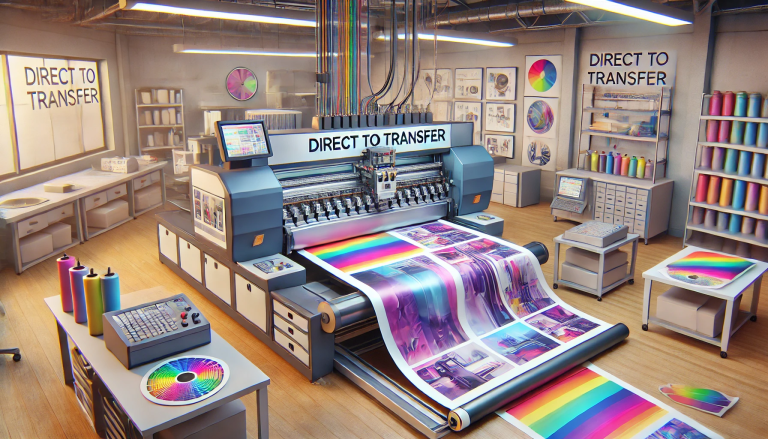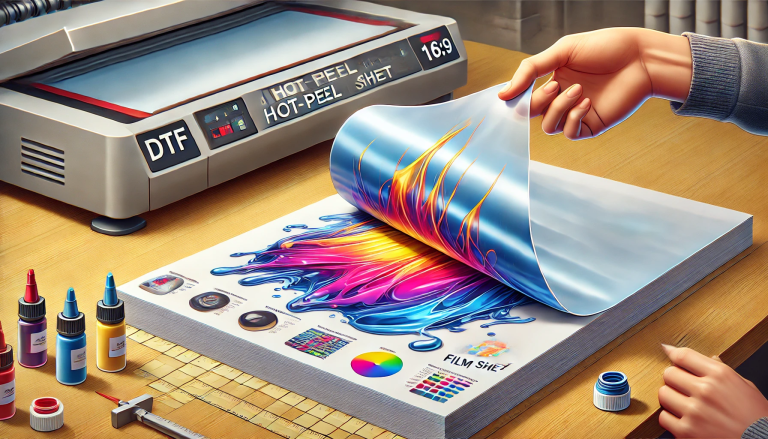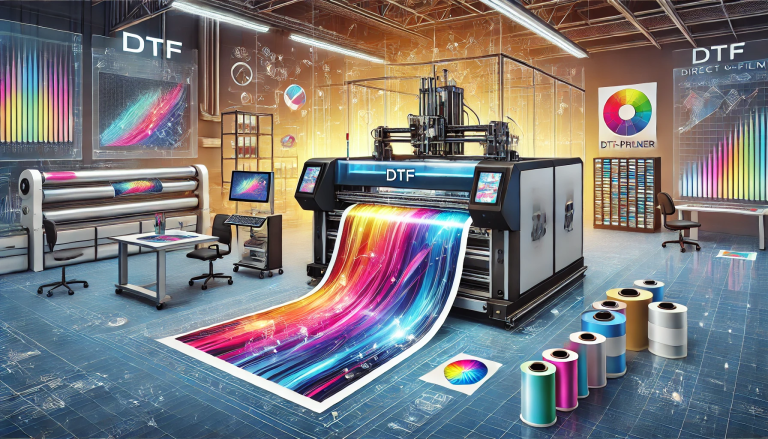In the dynamic world of textile design and customization, Direct to Film (DTF) printing technology, particularly the cold peel method, has emerged as a game-changer. This innovative approach not only offers unprecedented versatility and quality in fabric printing but also paves the way for designers, small businesses, and hobbyists to bring their creative visions to life with ease and efficiency. This article explores the transformative impact of DTF cold peel technology on the textile industry, detailing its operation, benefits, and the potential it holds for the future of fashion and custom apparel.
Understanding DTF Cold Peel Technology
Direct to Film printing is a technique where designs are first printed onto a special type of film before being transferred onto fabric. The cold peel aspect refers to the process of peeling off the film from the printed textile after it has cooled down, post-heat press. This contrasts with hot peel techniques, where the film is removed immediately after pressing while still hot. The cold peel method is crucial for achieving higher quality and durability in prints, as it allows the adhesive to fully cure and bond with the fabric, resulting in a more robust and wash-resistant finish.
The Process in Detail
The DTF cold peel process involves several key steps:
- Design Creation: Utilizing graphic design software to create or import the desired artwork.
- Printing onto Film: The artwork is then printed onto a clear PET film using special DTF inks.
- Powder Application: After printing, an adhesive powder is evenly applied to the wet ink, which will help the print adhere to the fabric.
- Curing: The film passes through a heat source to melt the powder and cure the ink, preparing it for transfer.
- Heat Pressing: The film is placed onto the fabric, and with the application of heat and pressure, the design is transferred from the film to the material.
- Cold Peel: After cooling, the film is peeled away, leaving the high-quality print on the fabric.
Advantages of DTF Cold Peel
The introduction of DTF cold peel technology brings numerous advantages to the textile printing industry, setting it apart from traditional methods such as screen printing and heat transfer vinyl (HTV).
- Versatility: DTF cold peel printing can be applied to a wide range of fabrics, including cotton, polyester, and blends, without the need for pre-treatment. This opens up endless possibilities for product customization, from t-shirts and hoodies to hats and bags.
- Quality and Durability: Prints created with the cold peel method are known for their vivid colors, sharp details, and resistance to washing and fading. This quality assurance makes it an ideal choice for both commercial brands and individual creators aiming for professional-grade products.
- Efficiency and Cost-Effectiveness: Compared to traditional printing methods, DTF cold peel is faster and reduces material waste, making it a cost-effective solution for both small batch and large-scale productions.
- Ease of Use: The technology is accessible to users at all skill levels, from beginners to seasoned professionals, eliminating the steep learning curve often associated with textile printing.
Future Perspectives
The future of DTF cold peel printing is bright, with ongoing advancements aimed at further improving the sustainability, efficiency, and range of applications. Innovations in ink formulations and recyclable films are paving the way for an even more eco-friendly approach to textile printing. Moreover, as the technology becomes more widespread, it could significantly democratize the fashion and custom apparel industries, giving rise to a new era of personalized clothing and accessories.
The DTF cold peel method stands out not just for its technical merits but for its role in empowering creators. It facilitates a direct bridge between imagination and realization, where the only limit is one’s creativity. For businesses, it offers a scalable solution that can adapt to changing trends and customer demands with agility and minimal overhead.
In conclusion, DTF cold peel technology represents a significant leap forward in textile printing, combining quality, versatility, and ease of use in a way that transforms ideas into wearable art. As it continues to evolve, it promises to redefine the boundaries of design and customization, making it an exciting time for anyone involved in the world of textiles. Whether for a budding entrepreneur looking to launch a bespoke clothing line or a hobbyist aiming to personalize their wardrobe, the cold peel method is unlocking new realms of possibility, one print at a time.






